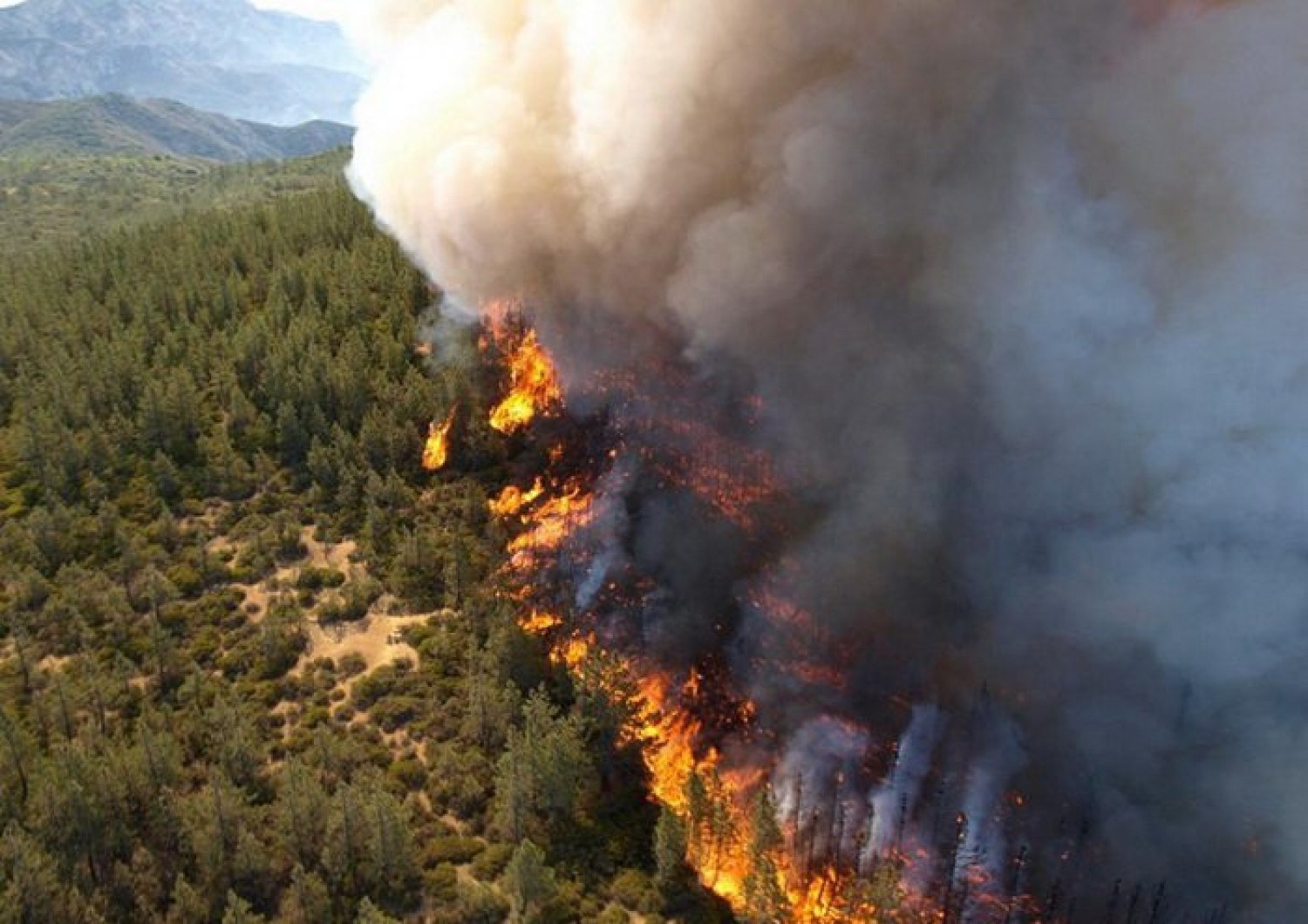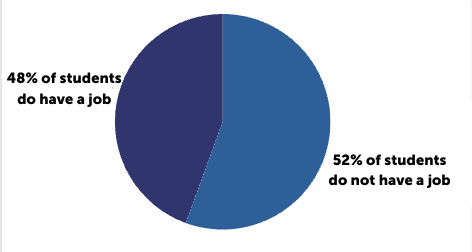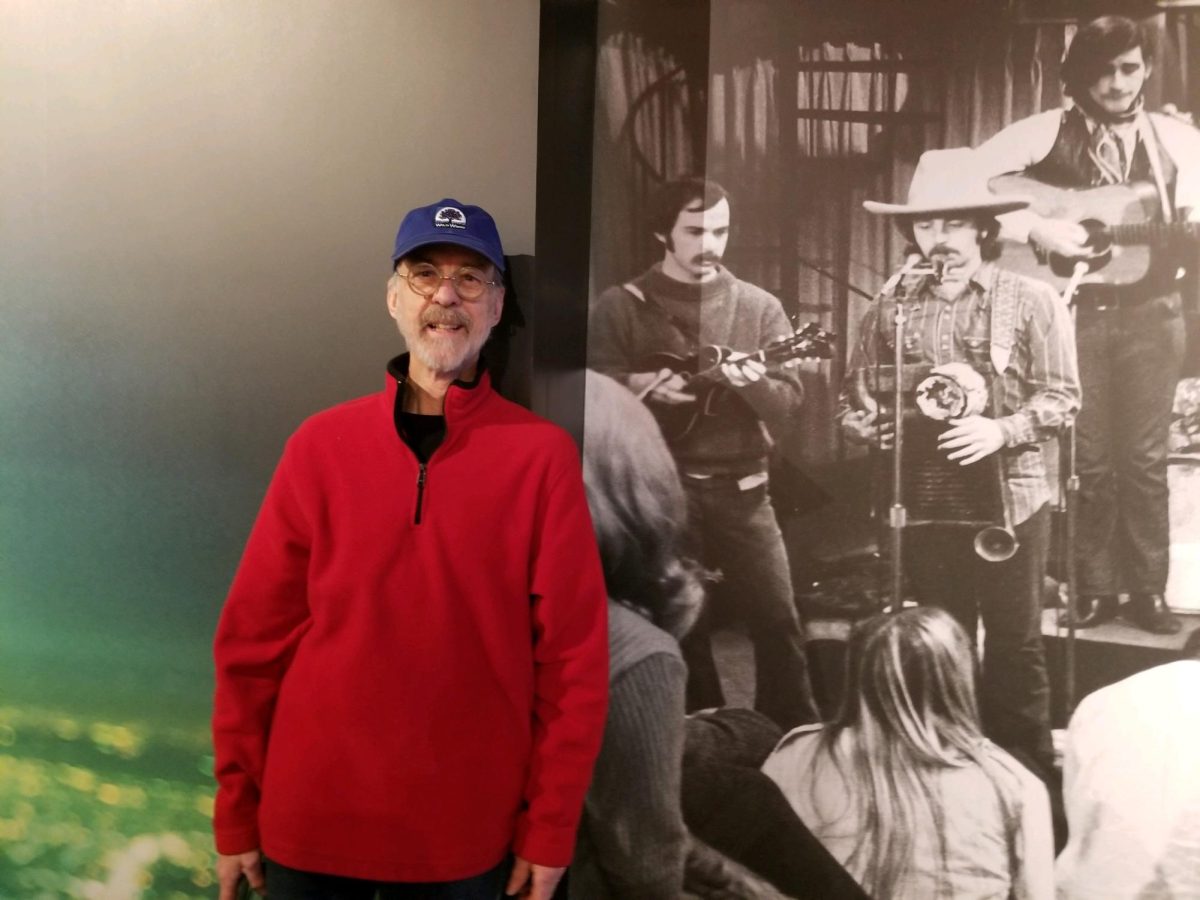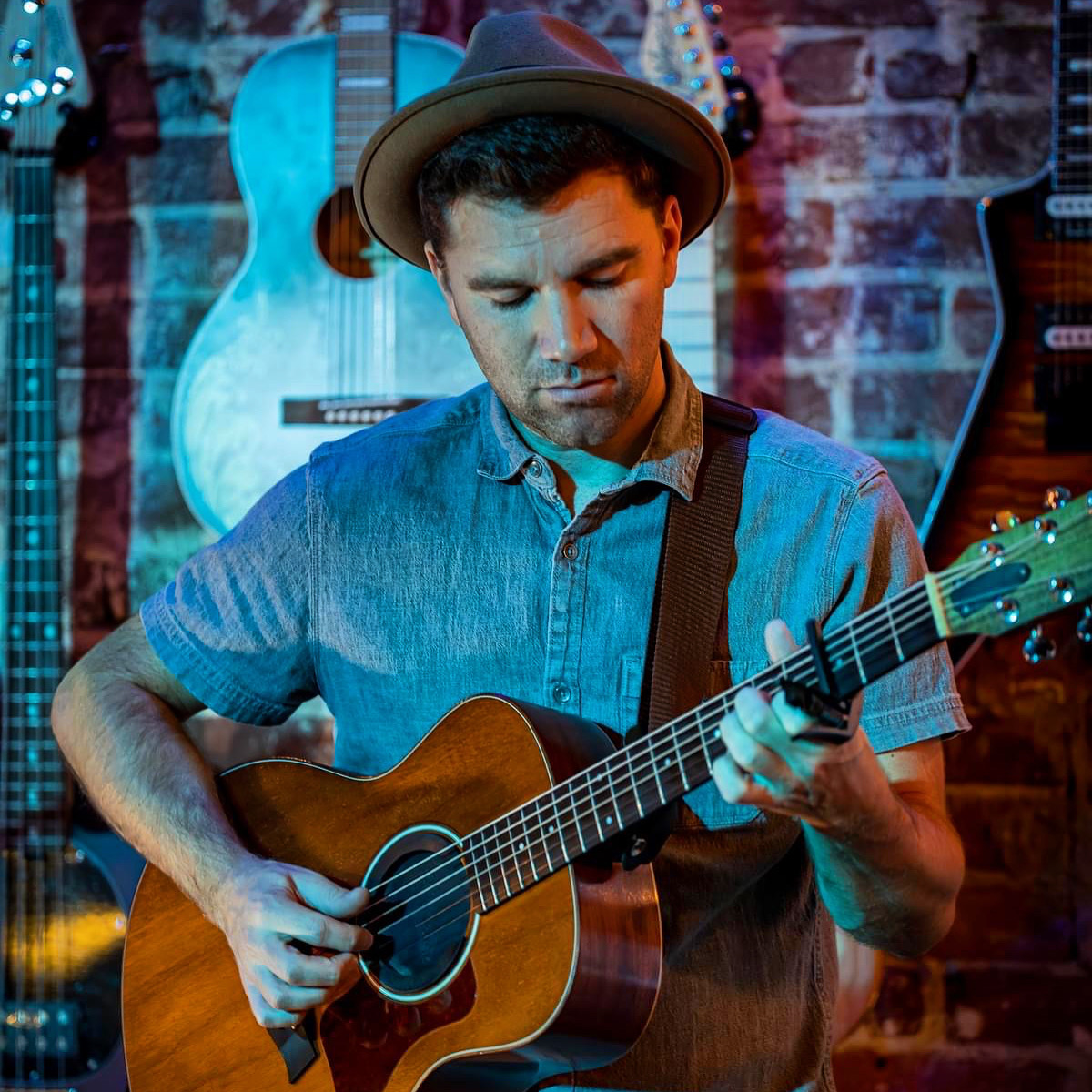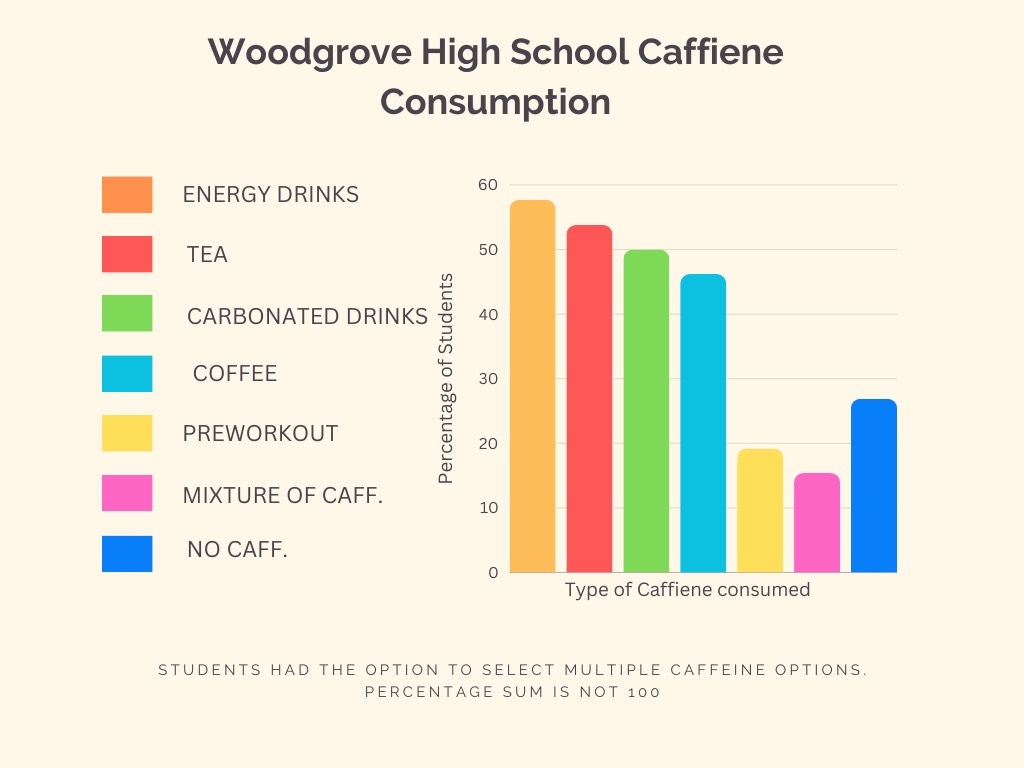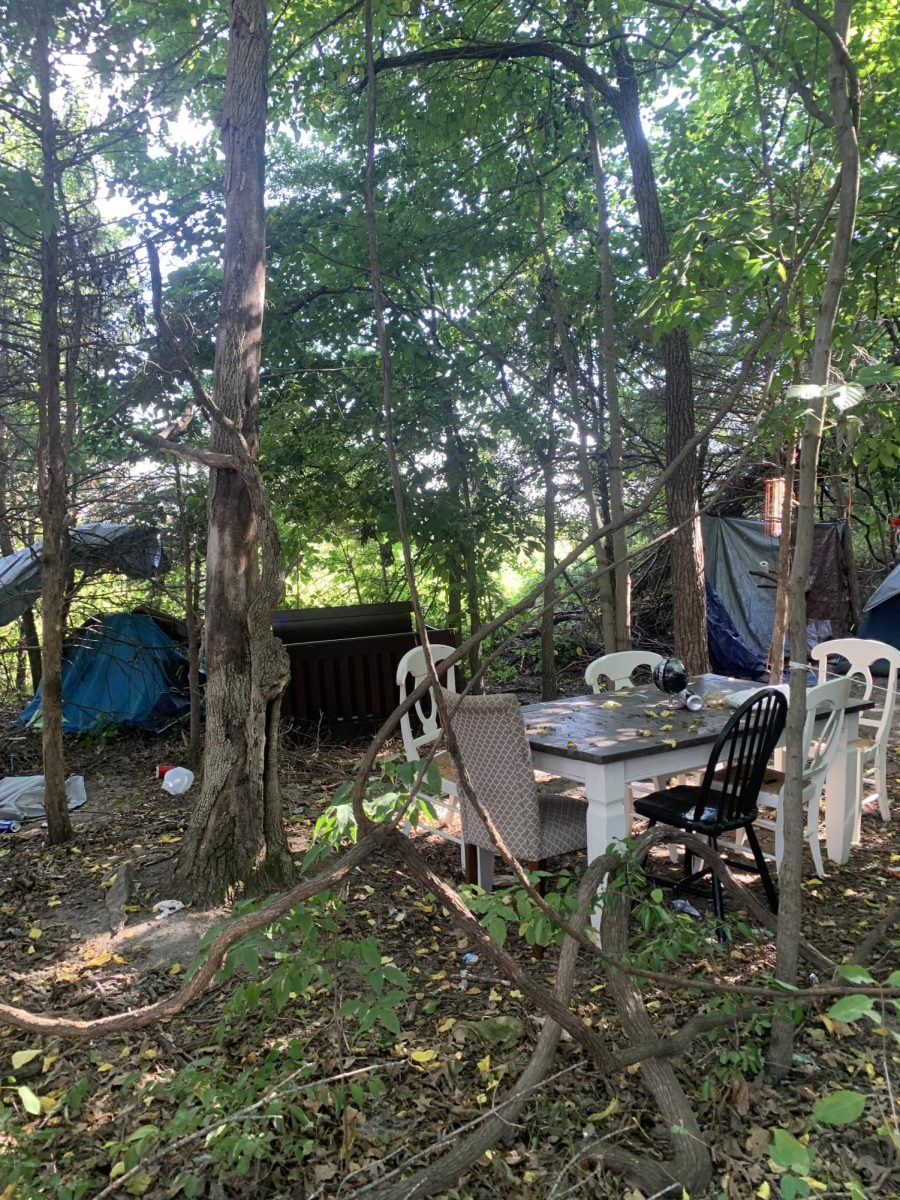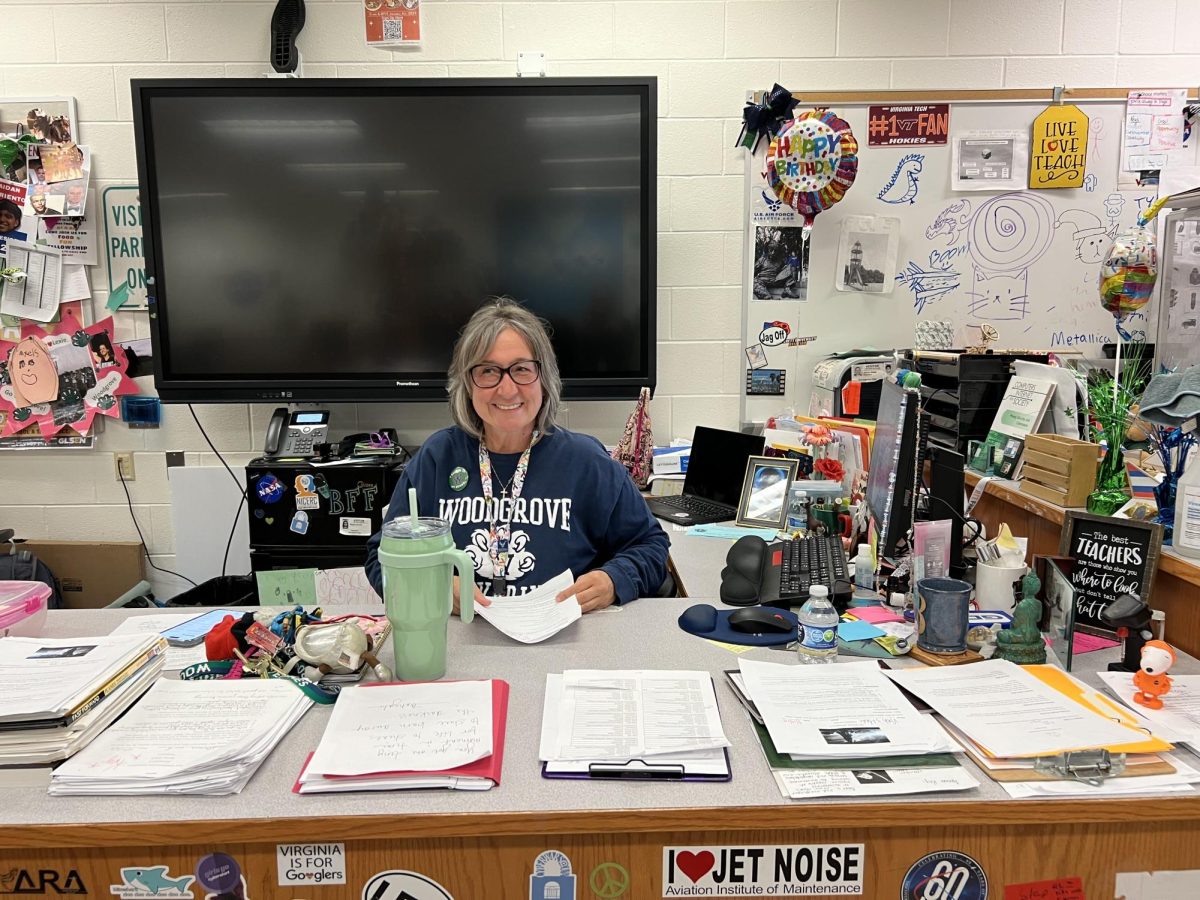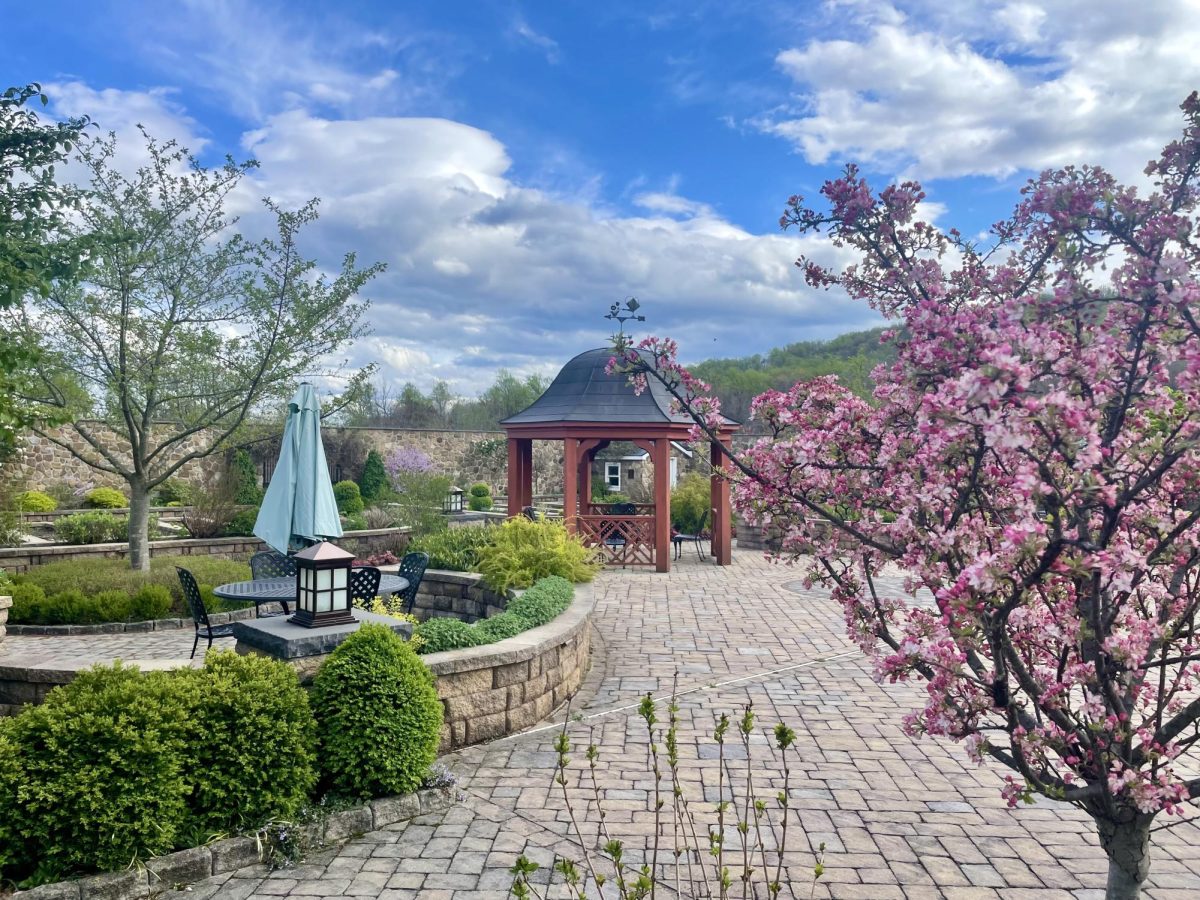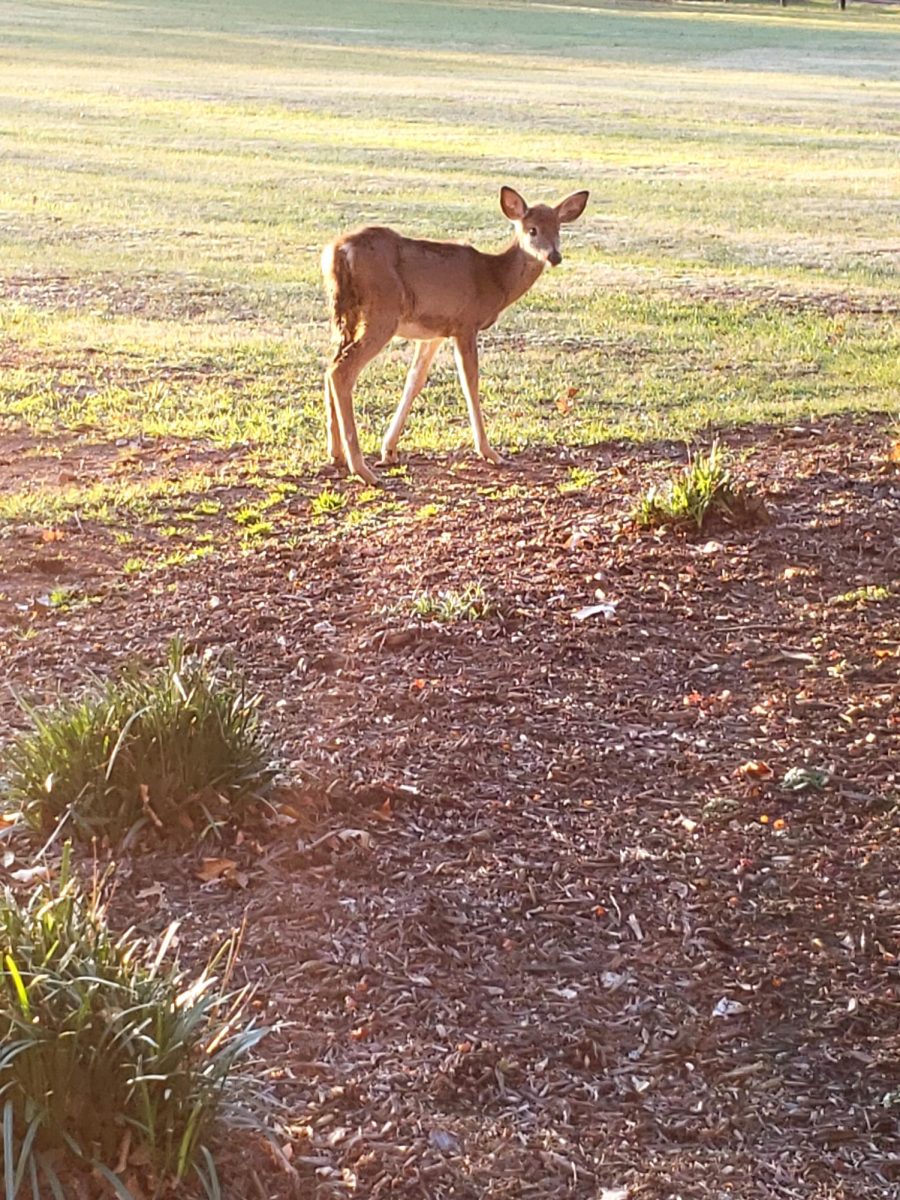On October 24th, a wildfire broke out in Madison County, Virginia. The fire spread for close to a month and burned almost 4,000 acres in the process. The Virginia Department of Forestry was able to completely contain the fire by November 17th after previous failed attempts of creating fire lines. Even after they were successful, the fire continued to burn within the lines and into Shenandoah National Park as crews cleaned up the damage they could.
Wildfires have a number of causes, with some starting naturally and some having human influence. According to the Virginia Department of Forestry, more than 75 percent of the wildfires in Virginia are caused by humans, and wildfire risk is highest from October 15th to November 30th. “Typically there’s more risk for wildfires where there’s fuel, wooded areas where it’s dry, and mostly in the fall,” explains Mr. Scott Fortney, one of Woodgrove’s environmental science teachers. “Naturally, wildfires would be stopped by some kind of break, where there’s less forest, or weather conditions like rain, or if it just burns out of fuel.”
It is believed that the Madison County fire, named Quaker Run Fire after a nearby roadway, was caused by a lightning strike. However, the pattern of wildfires outside of this one, even on a national scale, might be part of a bigger issue.
In the past decade, we have seen notable wildfires break out in places like Australia and California, and have felt firsthand the effects of the Canadian fires through the hazardous air quality crisis earlier this year. Specifically in California, there has been an extended drought for 10 to 20 years, according to Fortney. He explained the correlation between climate change and an increase in wildfires, stating that higher temperatures makes conditions more susceptible to fires and their spread. “Everything doesn’t warm the same, it’s actually warming much faster towards the poles, which would explain Canada,” Fortney stated, “[those fires] were because of basically no snow the past winter.”
Even with the global climate shifting, wildfires can be prevented through both practical and global efforts. “The things that you do to fight climate change would be lowering carbon emissions,” Fortney said, explaining that wildfires can be prevented through climate consciousness. “If you go camping, it’s really easy for [a wildfire] to start and spread, so just make sure your fire is out really good.” With simple, conscious actions like these, humans can do their part to prevent and slow the international trend of wildfires.



